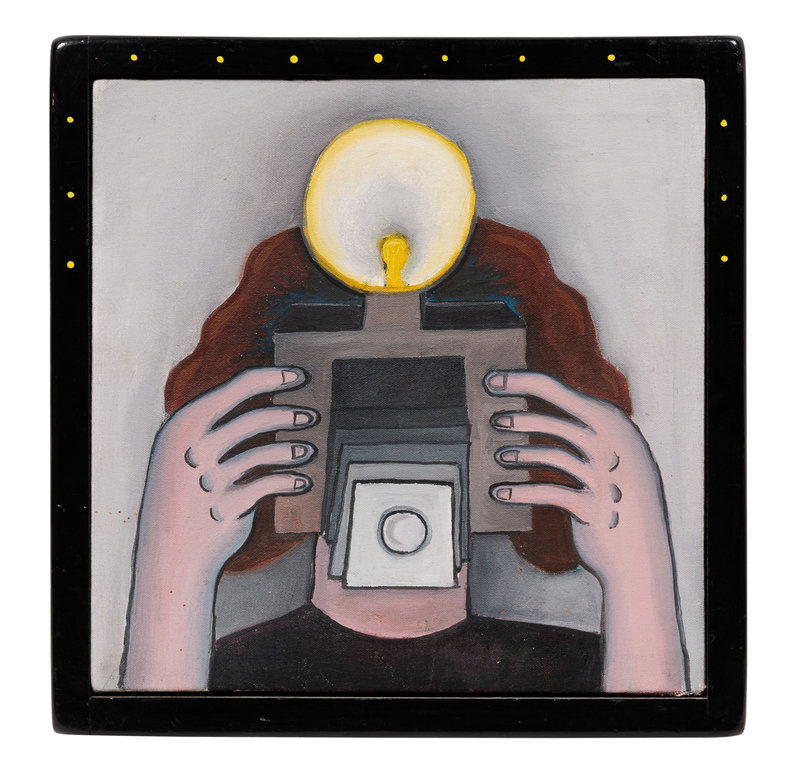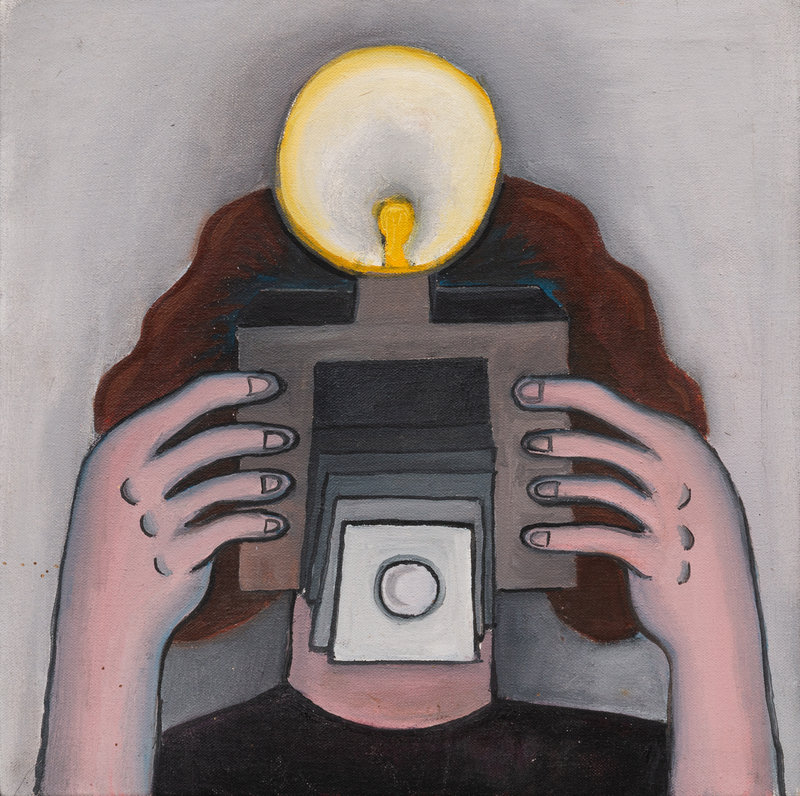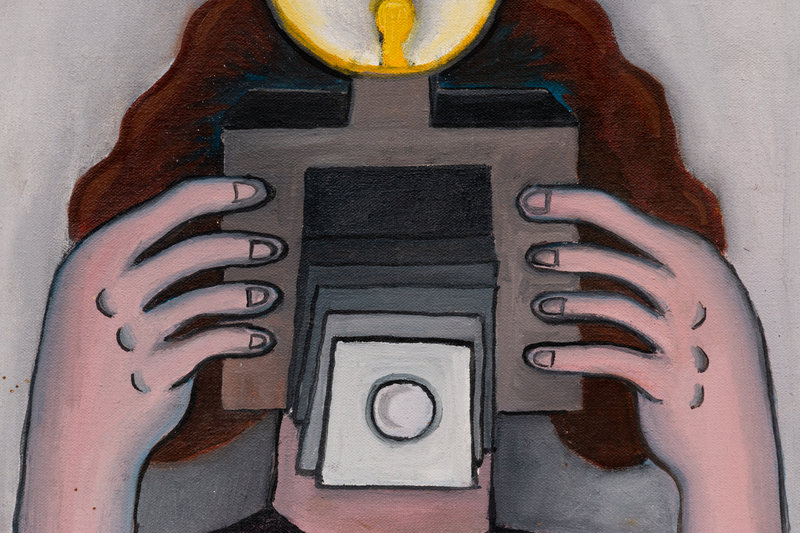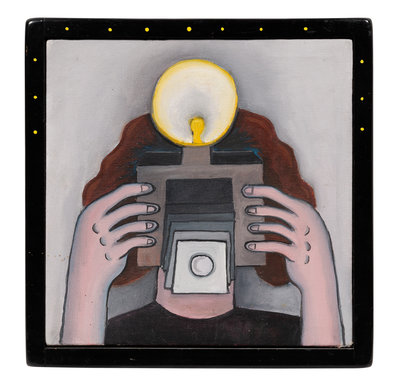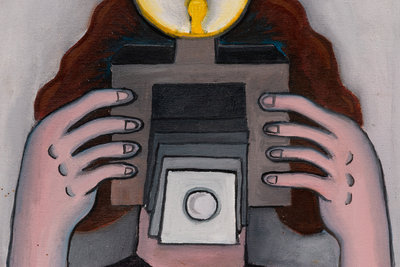Condition Report
Contact Information
Auction Specialist
Lot 4
Philip Hanson
(American, b. 1943)
Untitled (Camera Lady), c. 1968
Sale 789 - Post War and Contemporary Art
Oct 1, 2020
10:00AM CT
Live / Chicago
Own a similar item?
Estimate
$10,000 -
15,000
Price Realized
$30,000
Sold prices are inclusive of Buyer’s Premium
Lot Description
Philip Hanson
signed Phil Hanson (verso)
13 3/4 x 13 3/4 inches.
Property from the Collection of Suellen Rocca, Chicago, Illinois
(American, b. 1943)
Untitled (Camera Lady), c. 1968
oil on canvas
signed Phil Hanson (verso)
13 3/4 x 13 3/4 inches.
Property from the Collection of Suellen Rocca, Chicago, Illinois
